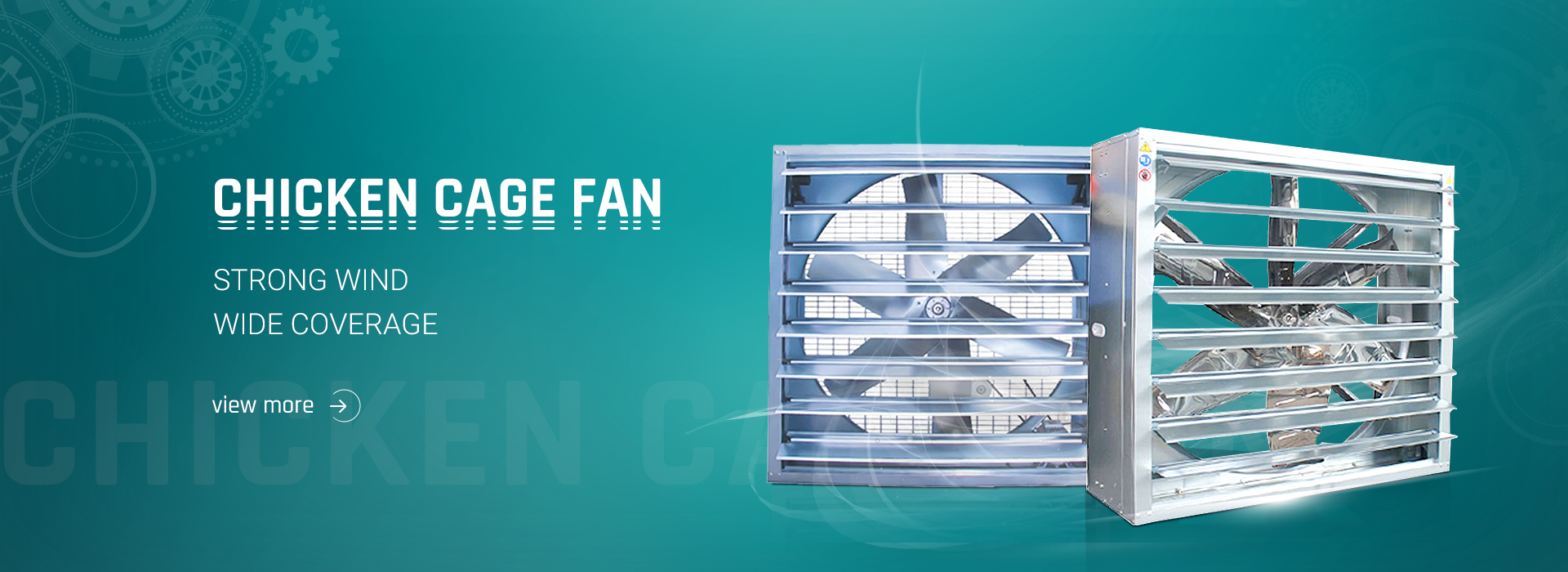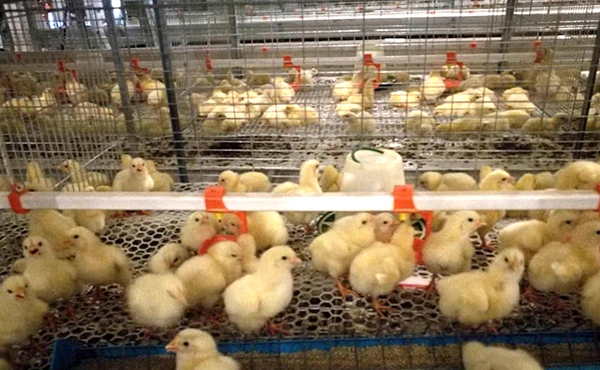Temperature is critical and has a large impact on chick survival. Keep it warm, put it in a small carton, put a cloth under it, and keep a 25-degree light bulb 20 cm away from the chicken. Cover the mouth of the carton with a breathable cloth.
For feeding, millet and eggs are steamed with a small amount of water, crushed and fed to the chickens. The starter can be cooked until it is mature and then fed, which is conducive to the digestion of the chicks.
Buy 1-2 more, as chicks are social animals and will be happy with company.
Don’t give it water, it will cause diarrhea. Oxytetracycline (powder) can be added to food in pharmacies. Yeast flakes and sand can also be added to aid digestion. Add garlic to food once. not sick. Calcium deficiency, sun exposure
chick management
1. Drinking water and starting food First drink water and then start eating. The drinking water should be clean, and the chick nutrient solution can be drunk. Preparation method: Add 0.5 kg of glucose powder, 20 g of methionine, 10 g of Subu, and 1 million international units of gentamicin or kanamycin in 8 kg of water at 20°C. Each nutrient solution can be consumed by 1000 chicks at one time. Potassium permanganate can also be added intermittently to the clean water as required. Start eating 2-3 hours after the first drink.
2. The temperature in the greenhouse is generally 35°C when the chicks are received, and then drops evenly, dropping 1°C every 2 to 3 days until it reaches 21°C, and then maintains a constant temperature until the slaughter.
3. Humidity during the brooding period is kept at 65%~70%
4. Lighting The chicks use 24-hour continuous light for 2 to 3 days after hatching. After 3 days it was changed to 23 hours of light and 1 hour of darkness. At 1-2 weeks of age, 40-60 watts of light was given per 20 square meters. 2 to 4 weeks old can be reduced to 15 to 30 watts of light.
5. Ventilation and ventilation Under the premise of ensuring the temperature in the greenhouse, strengthen ventilation and ventilation to eliminate the foul gas in the house.
6. The stocking density adopts the ground level raising method for brooding broilers, 20~25 chickens per square meter at 0~4 weeks of age, and 10~12 chickens during the fattening period. The density of online breeding can be increased by 40%~50% compared with the level raising.
1. In the hot noon, the feed intake of chickens is very small, and the feeding amount should be increased in the morning and at night to ensure nutritional needs.
2. Reduce stocking density, separate male and female. When the house temperature is too high and some chickens die from heat stroke, in order to preserve the flock, the caged chickens can also be reared in a scattered manner, or even released from the cage for a period of time. The management principle of separate male and female feeding is that hens have strong heat tolerance, and when sufficient conditions cannot be met, roosters can be given priority to reduce losses.
3. Use intermittent lighting. That is, 1~2 hours of light can be added from 120:00 midnight to 2:00 a.m. to encourage chickens to eat, drink, row and move, which can not only increase feed intake, but also discharge the heat accumulated in the body, reduce body temperature, and prevent Heat stroke at night can significantly reduce the mortality of obese laying hens and broilers.
How to feed chicks
You can feed broken corn, millet, broken rice, broken wheat, etc. The starter can be boiled until it is mature and then fed, which is conducive to the digestion of the chicken. If there is not much time, you can soak the millet for two or three hours, let it dry until it is more than half dry, and then feed it. Don’t feed too much, it will die. , eat small meals often.
Put a little water in the box, they will naturally drink when they are thirsty. It is best for chicks to drink warm water, and they must not drink unclean water. I raised them for the first 3 weeks, and I have always changed the warm water for them several times a day.
At that time, because of the lights, the water was not too cold. After 3 weeks, the water was changed about 3 times a day. If you see the water is polluted, you should change it. In fact, they like to drink clean, warm water. , almost every time I give them clean, warm water, they’ll come right away for a drink
Under normal circumstances, chicken manure is cylindrical and strip-shaped, mostly brown-green, with white urate on the surface, like a white crown. Cecal feces are usually excreted in the morning, usually brown paste or yellow-brown, sometimes mixed with urate, sticky
Chickens are very fragile and easily get sick. We must prevent and treat them early.
Post time: Jun-20-2022




